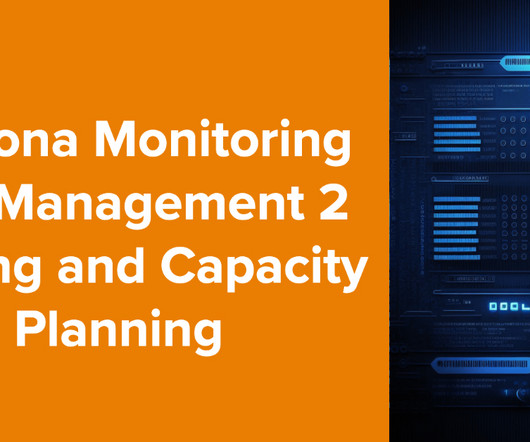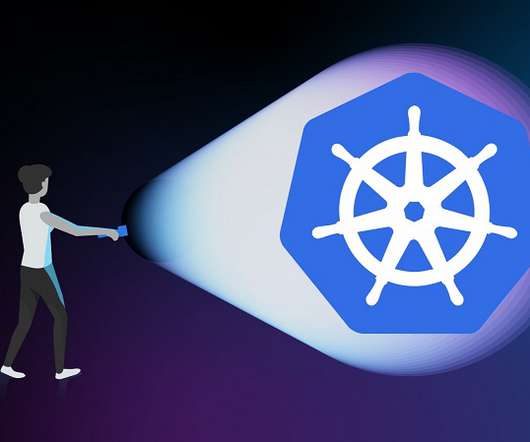AWS observability: AWS monitoring best practices for resiliency
Dynatrace
NOVEMBER 22, 2021
These resources generate vast amounts of data in various locations, including containers, which can be virtual and ephemeral, thus more difficult to monitor. These challenges make AWS observability a key practice for building and monitoring cloud-native applications. AWS monitoring best practices. Watch demo now!




























Let's personalize your content